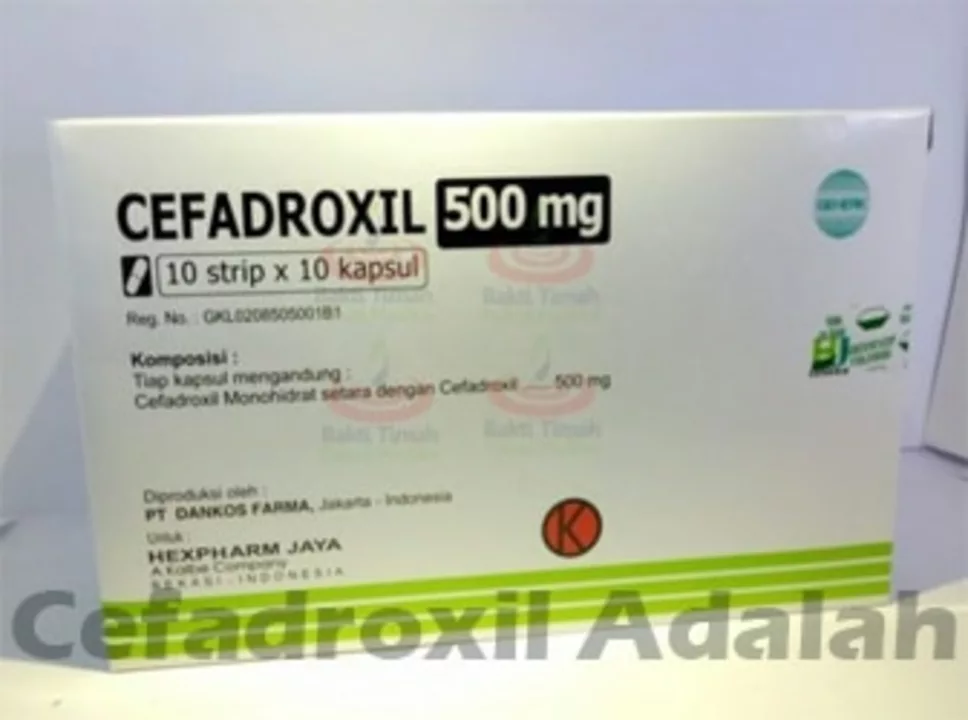As a blogger who focuses on health and wellness, I recently dove into the topic of Cefadroxil and allergies. Cefadroxil is an antibiotic used to treat various bacterial infections, but it's important to understand the potential risks for those with allergies. Some individuals may experience an allergic reaction to Cefadroxil, especially if they have a history of penicillin allergy. Symptoms of an allergic reaction may include rash, itching, swelling, and difficulty breathing. If you or a loved one are prescribed Cefadroxil and have a history of allergies, it's crucial to discuss the risks with your healthcare provider to ensure a safe treatment plan.
Allergies: Simple Ways to Feel Better Fast
Allergies can ruin a day fast—sneezing, itchy eyes, clogged nose, or wheezy chest. You don’t need a medical degree to get relief. This page gives practical, clear steps to reduce symptoms, avoid triggers, and know when to see a doctor.
First, identify triggers. Common culprits are pollen, dust mites, pet dander, mold, and certain foods. Keep a short diary of when symptoms start and what you did or ate. Check local pollen counts on weather sites and note if symptoms spike on high pollen days. At home, look for patterns: morning congestion that improves after leaving the bedroom often points to dust mites or bedding allergens.
Reduce exposure with targeted changes. Use a HEPA air filter in your main living area and bedroom. Wash bedding weekly in hot water (at least 130°F or 54°C) and use allergen-proof mattress and pillow covers. Keep windows closed on high pollen days and run the air conditioner. For pets, bathe and brush them regularly and keep them out of the bedroom.
Over-the-counter meds help a lot. Non-drowsy antihistamines like cetirizine, loratadine, and fexofenadine ease sneezing and itchy eyes. For a blocked nose, try a saline nasal rinse or a steroid nasal spray (fluticasone, budesonide) used daily for best effect. Decongestant pills or sprays can work short-term, but avoid nasal sprays for more than a few days to prevent rebound congestion.
If asthma shows up with your allergies—wheezing, chest tightness, or shortness of breath—don’t ignore it. Keep a rescue inhaler like salbutamol (Ventolin) handy and follow an asthma action plan from your doctor. Some people may try herbal bronchodilators, but they don’t replace prescribed inhalers. Check our related article on herbal bronchodilators versus Ventolin for a realistic comparison.
When to see a doctor
Get medical help if symptoms are severe, not controlled by OTC meds, or if you have trouble breathing. If you suspect food allergy and have throat tightness, hives, or fainting, treat as an emergency—use an epinephrine auto-injector if available and call emergency services. For persistent seasonal or year-round allergies, ask about testing. Skin prick tests or blood tests can pinpoint triggers and guide treatment.
Treatments beyond pills
Allergy shots or sublingual immunotherapy can reduce sensitivity to triggers over time. These need a specialist and months to years to work, but they can cut symptoms long-term. For skin-related issues like eczema or psoriasis that flare with allergies, support groups and targeted treatments help manage the social and emotional side—see our guide on psoriasis support groups.
Practical habits matter: vacuum with a HEPA vacuum, reduce clutter, use exhaust fans in bathrooms, and avoid smoking indoors. When traveling, pack meds and check local pollen and pollution reports. Small changes add up fast and often cut symptom days in half. If you want specific articles from DoctorSolve, browse the allergy tag posts for guides on asthma, travel tips for lung disease, and safe medication info.
Want personalized advice? Contact our team for guidance on medications and allergy care today.

